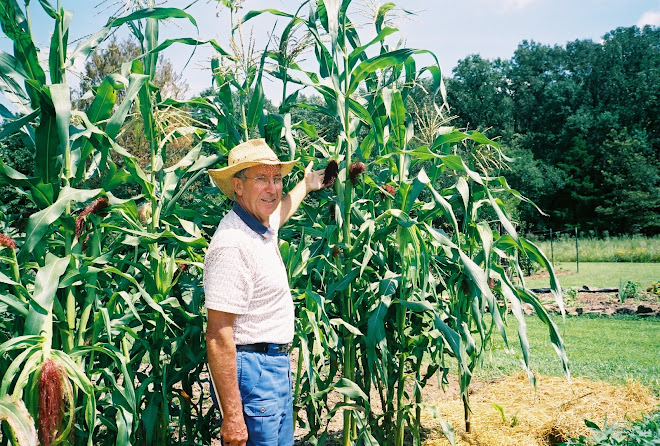The Washington County Fair is mentioned elsewhere in this issue, so I won't dwell on it here. It was fun to work with many Master Gardeners, and to meet folks bringing in vegetables. Above all else, the real highlight of the Fair was to see the delight of 5-year old Oliver, who had entered a sunflower seed head. He proudly told me how he had planted it, watered it, and now it had won a ribbon. The color of the ribbon was not important. The beaming smile on his face was proof positive that the fair was a rewarding experience for him. That genuine sense of awe that comes from a youngster partnering with Nature and following through is what I will long remember about this year's Fair.
.
Compost Quality—All compost is not alike! Even though it is all derived from organic material, it can be very different in quality. Quality of compost is determined by what goes into the pile and the process itself. High quality compost is microbial diverse, stable, and mature. If you are buying compost, ask for some kind of an analysis that addresses these factors.
Microbial Diversity -- In addition to compost being full of nutrients, you should expect your compost to be high in microbial diversity. These microbes will include bacteria, fungi, actinomycetes, and Pseudomonas. These organisms are there to digest the organic matter in the soil, make the minerals available for the plants, and help to detoxify the soil. Compost with high microbial diversity will be more complete and responsive in its role of ameliorating the fluctuating and stress situations in the soil.
Compost stability refers to the degree to which the organic matter has been decomposed into more stable materials. In stable composts, the rate of further decomposition is very low and very little carbon dioxide is being given off. If you buy compost that contains large pieces of organic matter, or if it still heats up, you do not have high stability compost.
Compost maturity is another way of evaluating compost quality. It is a measure of how toxic the compost is when tested on germinating seeds. Immature composts contain more growth inhibiting compounds like salts, phenolic compounds, ammonia, and organic acids. Look for composts that are very fine and granular.
Winter Worms – If you are using red wigglers to eat your garbage, then start to think about how you will help them survive over the winter. If your worm box gets below 40 degrees, you may lose worms and they will not be eating very much garbage. I leave some worms outside for the winter, but I cover them heavily with straw and other materials. I also put many worms into the proper worm medium in 20-gallon containers and bring many in to my furnace room. It is convenient for feeding them the peelings and other kitchen scraps over the winter, and they survive and reproduce very well.

